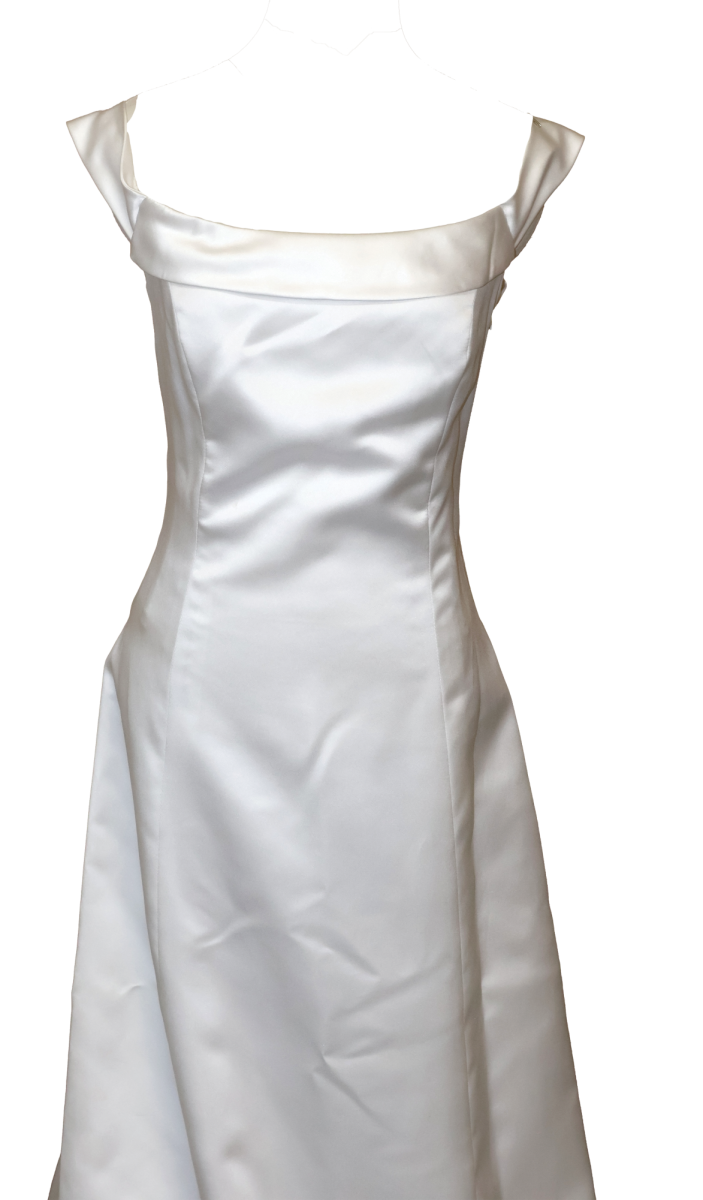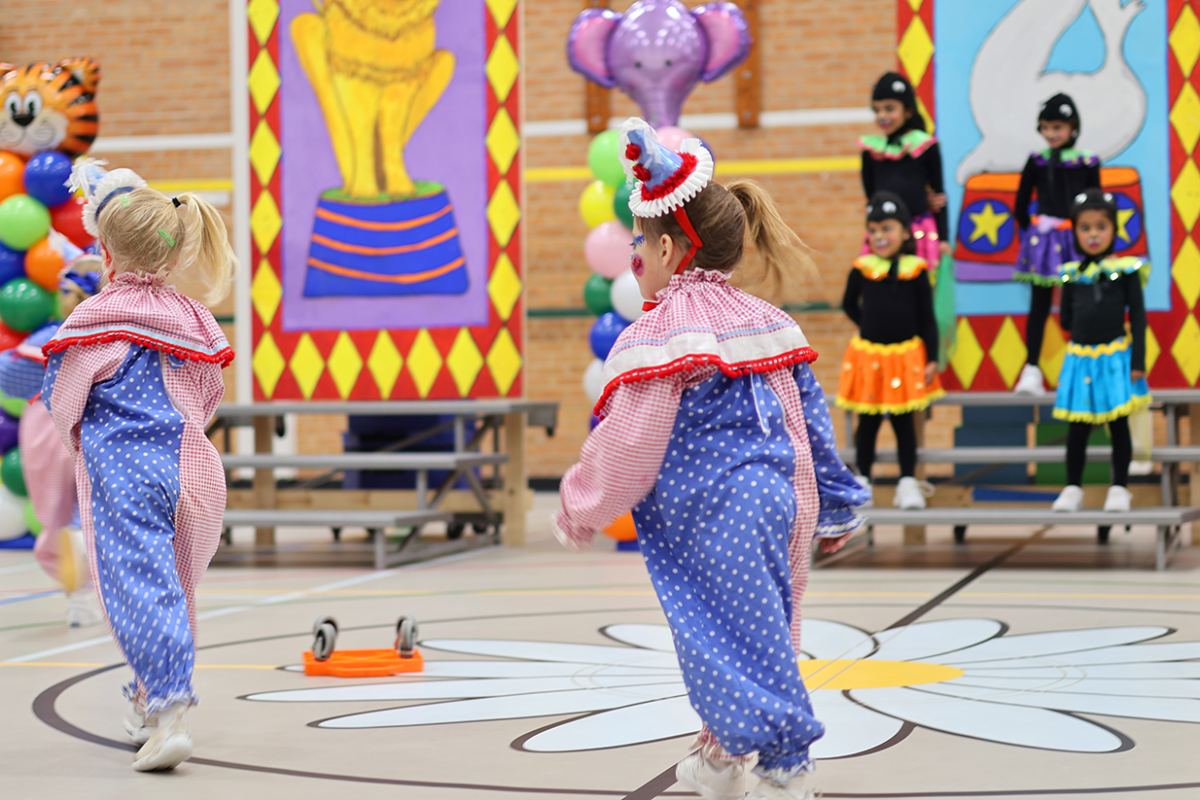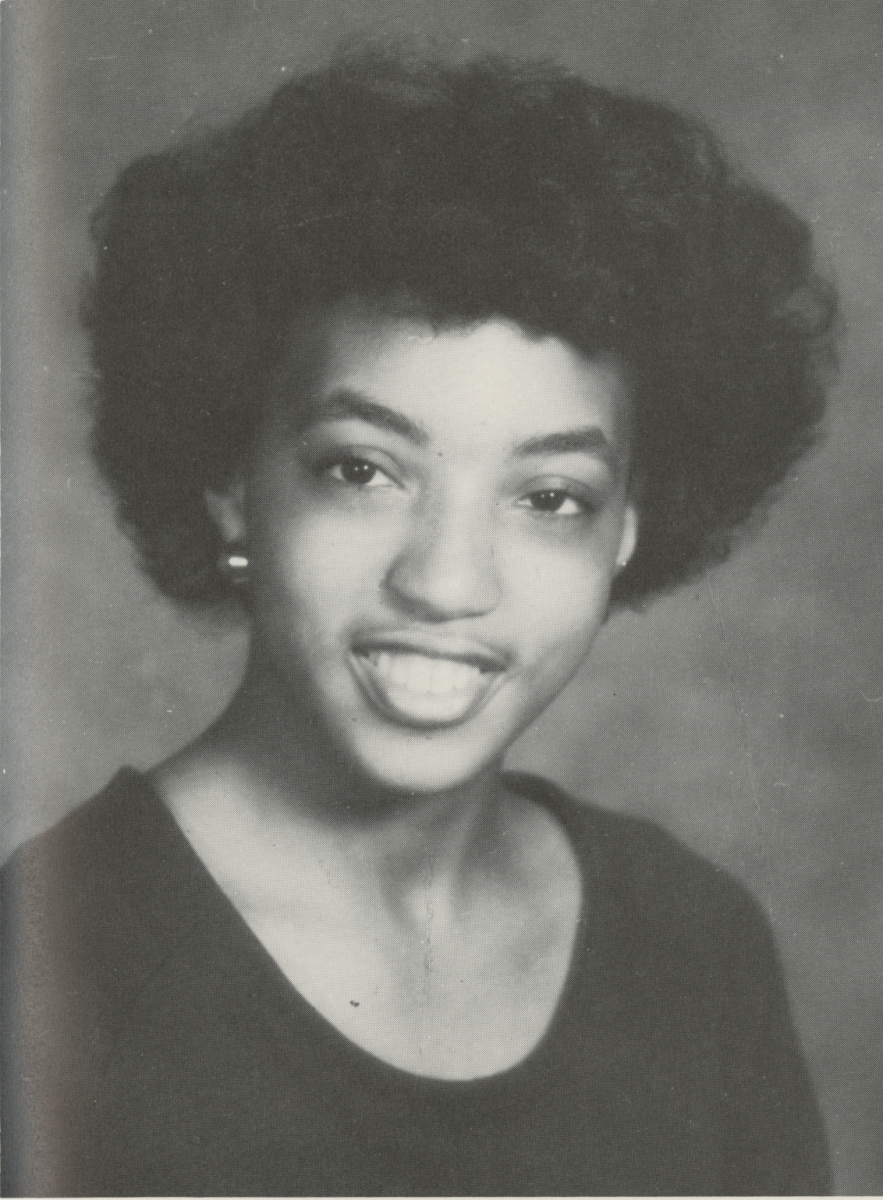The teenage trend of wanting to look older is far from a recent phenomenon. While most of us had access to social media earlier than our parents did, the pressure to “adultify” the teen image didn’t just start with TikTok.
Looking back on movies like “Grease,” “The Outsiders” and “Rebel Without a Cause,” it is evident how slicked-back hair, leather jackets and heavy eyeshadow have long blurred the lines between youth and adulthood. Music videos by Madonna and Michael Jackson and alluring icons like Elvis Presley and Cher were legendary influencers who drove teens to dress for rebellion and sexual self-expression for decades.
Mini-skirts, bell-bottoms, electric blues and neon pinks from MaxFactor and Maybelline were no less a craze than Drunk Elephant, Glow Recipe or Laneige.? The fact is, teen girls have been a targeted consumer group since before MTV, and the only difference is that today’s media can spread the news faster. Snapchat and Instagram may have accelerated the pace at which trends go viral, but young girls wanting to push boundaries in the quest for autonomy is nothing new.
Yes, TikTok algorithms are now loaded with teen girls looking and acting older than their age, but it’s important to recognize the potential gap between the real girl and the image she projects. The rants and raves of teens tasting freedom in the real world for the first time show how physical appearance can be the ultimate façade for emotional immaturity. Behind the filters and hashtags, many teens grapple with insecurities because they haven’t had the chance to grow up yet.
Whether it’s “coquette” or “crop-tops,” trends are trends and micro-trends are even more transient and fickle. Teenagers have always been drawn to the idea of looking more mature, and the desire to “want what you do not have” is precisely what drives them to be perpetual putty in the hands of the beauty industry. Adopting styles to look and feel more adult is a natural part of growing up. But growing up goes deeper than makeup. Sometimes we just need to allow ourselves to “trend” on the outside, so we can discover what’s truly enduring and authentic on the inside.







